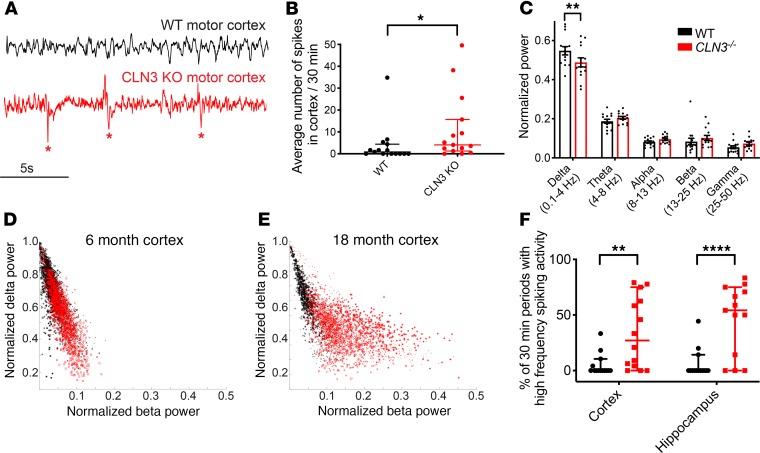Figure 6. CLN3–/– mice have increased spiking activity on EEG.
(A) EEG recordings from the motor cortex of CLN3–/– (red) mice demonstrate increased frequent spiking activity (marked by asterisk), as compared with WT (black) animals. (B) Quantification of spikes from all adult animals (≥6 months of age) demonstrates increased spiking activity in CLN3–/– animals (median ± 95% CI shown). (C) Quantification of power in the major EEG frequency bands in WT and CLN3–/– animals reveals that CLN3–/– mice have decreased slow delta activity (0.1–4.0 Hz) (mean ± SEM shown). (D and E) Further evaluation of the power in the fast beta and slow delta frequency ranges shows no major difference in the ratio of delta to beta power at 6 months. However, by late-stage disease CLN3–/– mice have increased fast beta and decreased slow delta power on EEG. (F) Adult CLN3–/– mice have increased percentage of recording periods with both increased fast and high spiking activity (median ± 95% CI shown). Group sizes: n = 14 mice per genotype (4–5 per age group of 6 months, 11 months, and 18+ months). For spike quantification and quantification of spiking/high-frequency periods in panels B and F, groups were compared using Mann-Whitney U test. For frequency band analysis in panel C, groups were compared using 2-way ANOVA followed by Holm-Šídák multiple-comparisons test. For all panels: *P < 0.05, **P < 0.01, and ****P < 0.0001.

